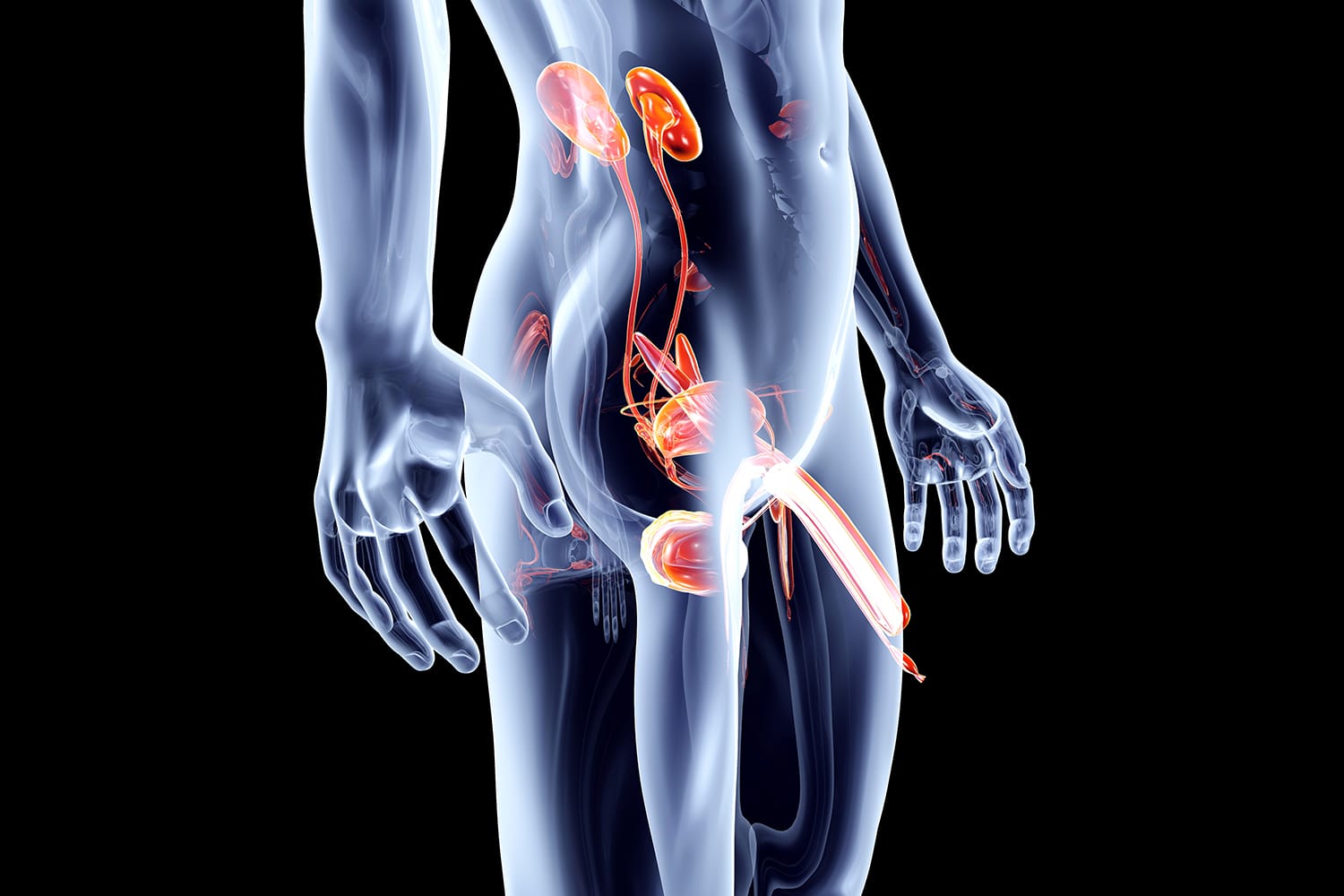Impotence, also known as erectile dysfunction (ED), has a variety of causes. Among the more common are diseases of the blood vessels supplying and draining the penis. We use CT examinations with contrast agents to clarify these diseases.
This allows us to create detailed images of blood vessels and anatomical structures in the pelvic area and penis.

This method helps us to detect vascular changes such as constrictions (stenoses) or occlusions in your arteries. The examination is important for assessing the blood flow in the arteries responsible for erectile dysfunction.
We use this method to visualize venous leaks or other abnormalities in the penis that lead to premature outflow of blood from the corpora cavernosa. The CT images of the corpus cavernosum of your penis are the basis for targeted treatment.
First, we create an erection by injecting alprostadil (Caverject). We then inject contrast medium directly into the erectile tissue. The CT then produces high-resolution images of the erectile tissue and the draining vessels.
CT angiography and CT cavernosography can be performed separately or together in one appointment. This gives us a comprehensive picture of your vascular and anatomical situation.
Quick & easy